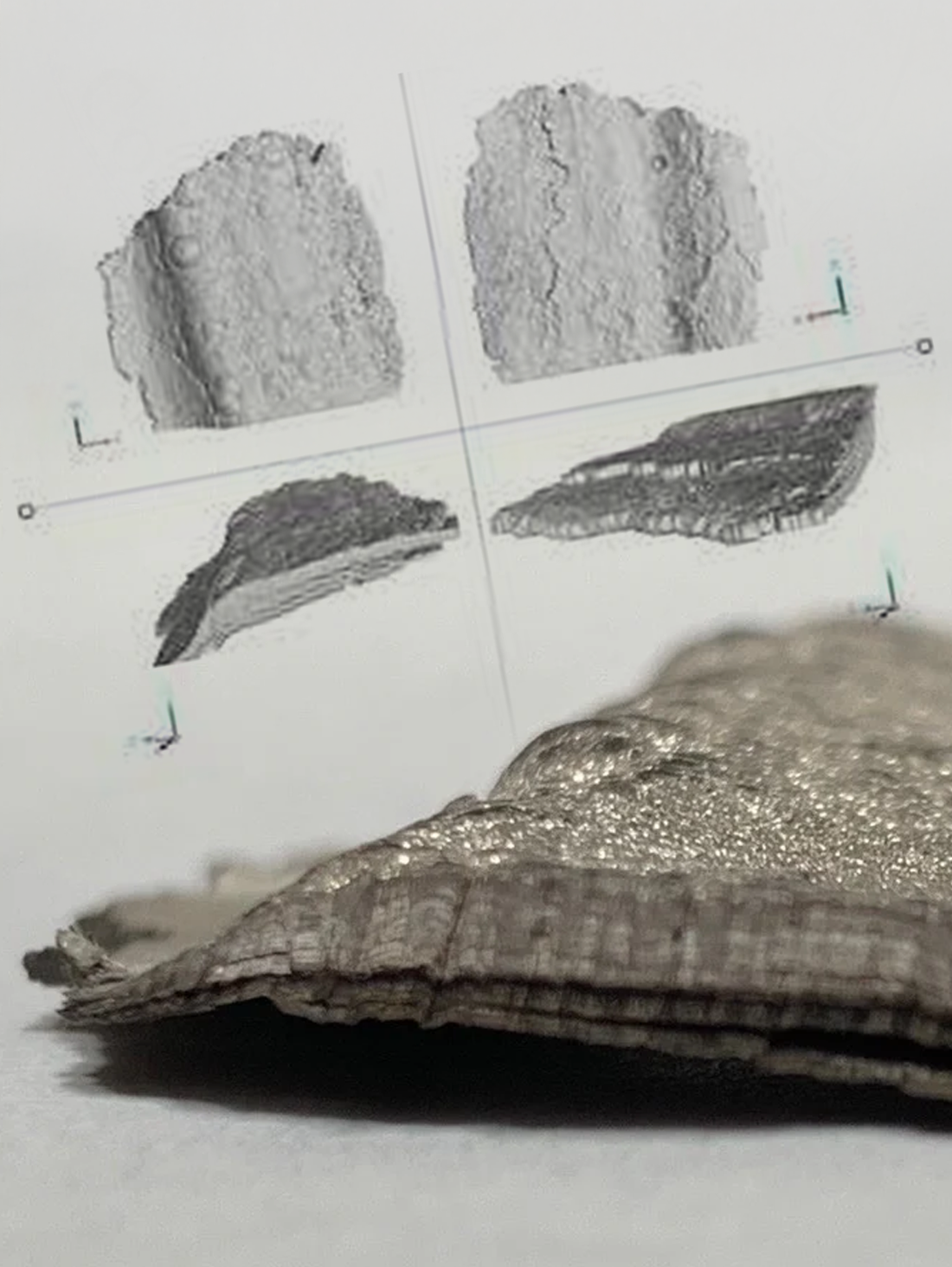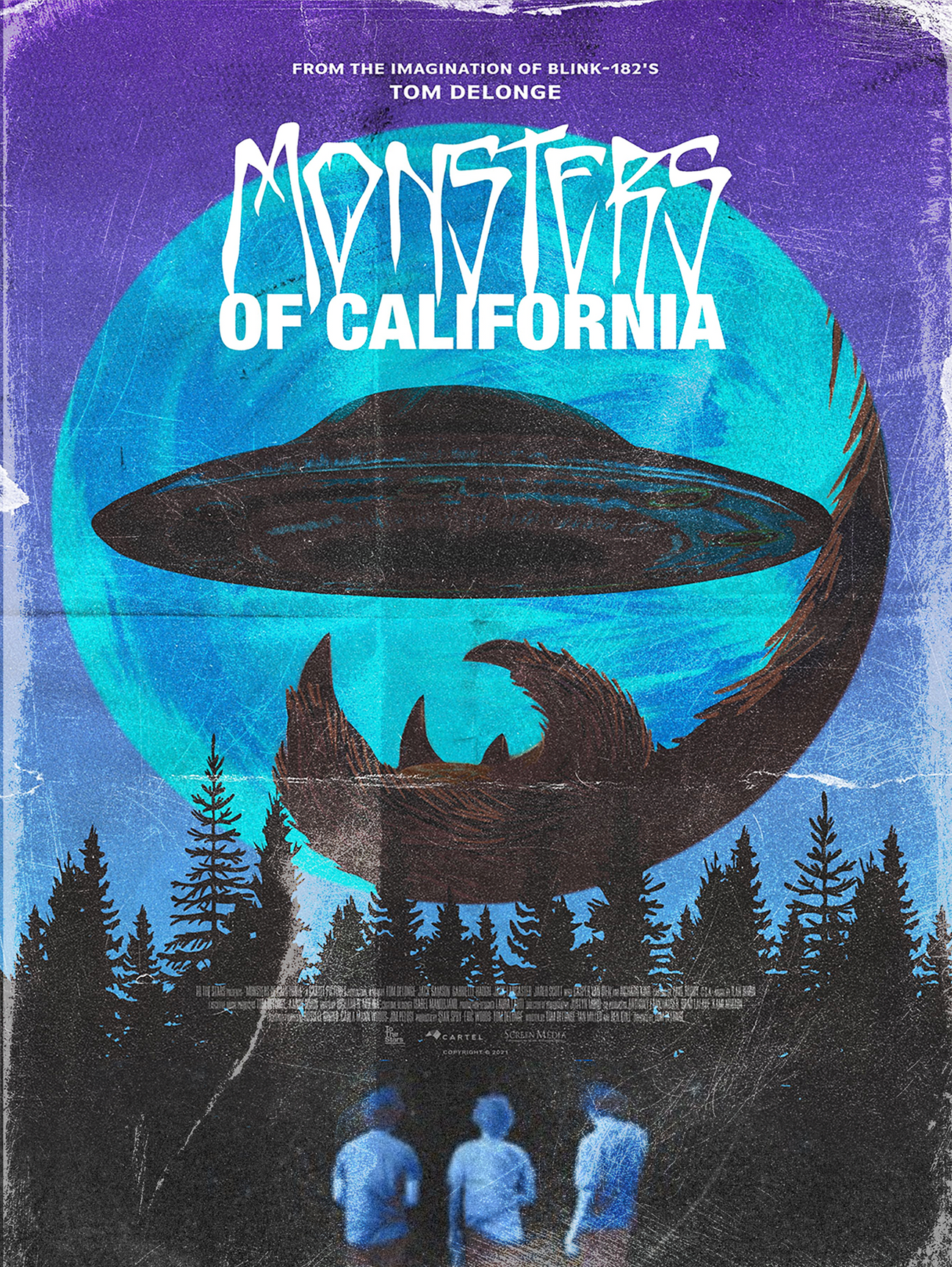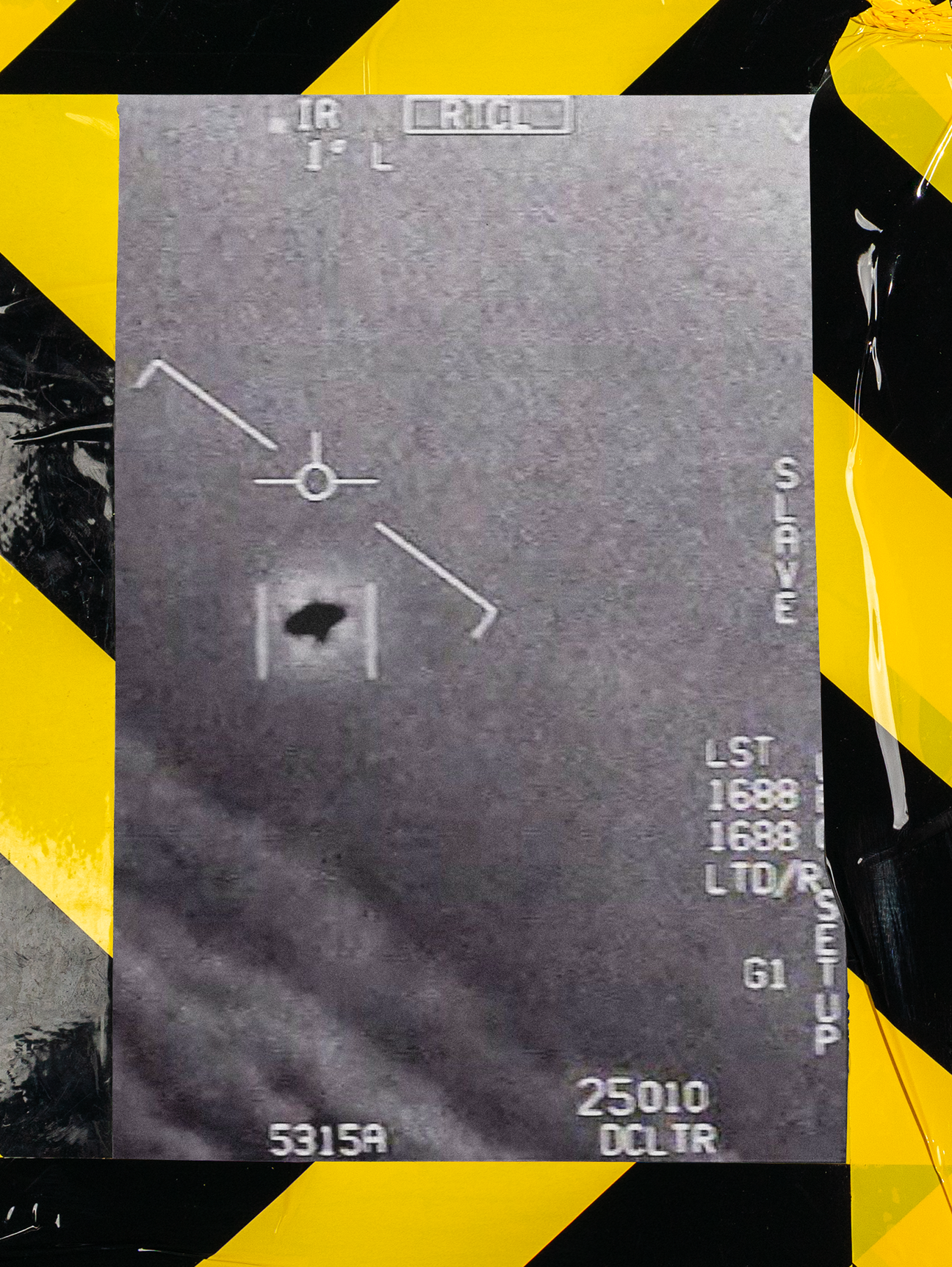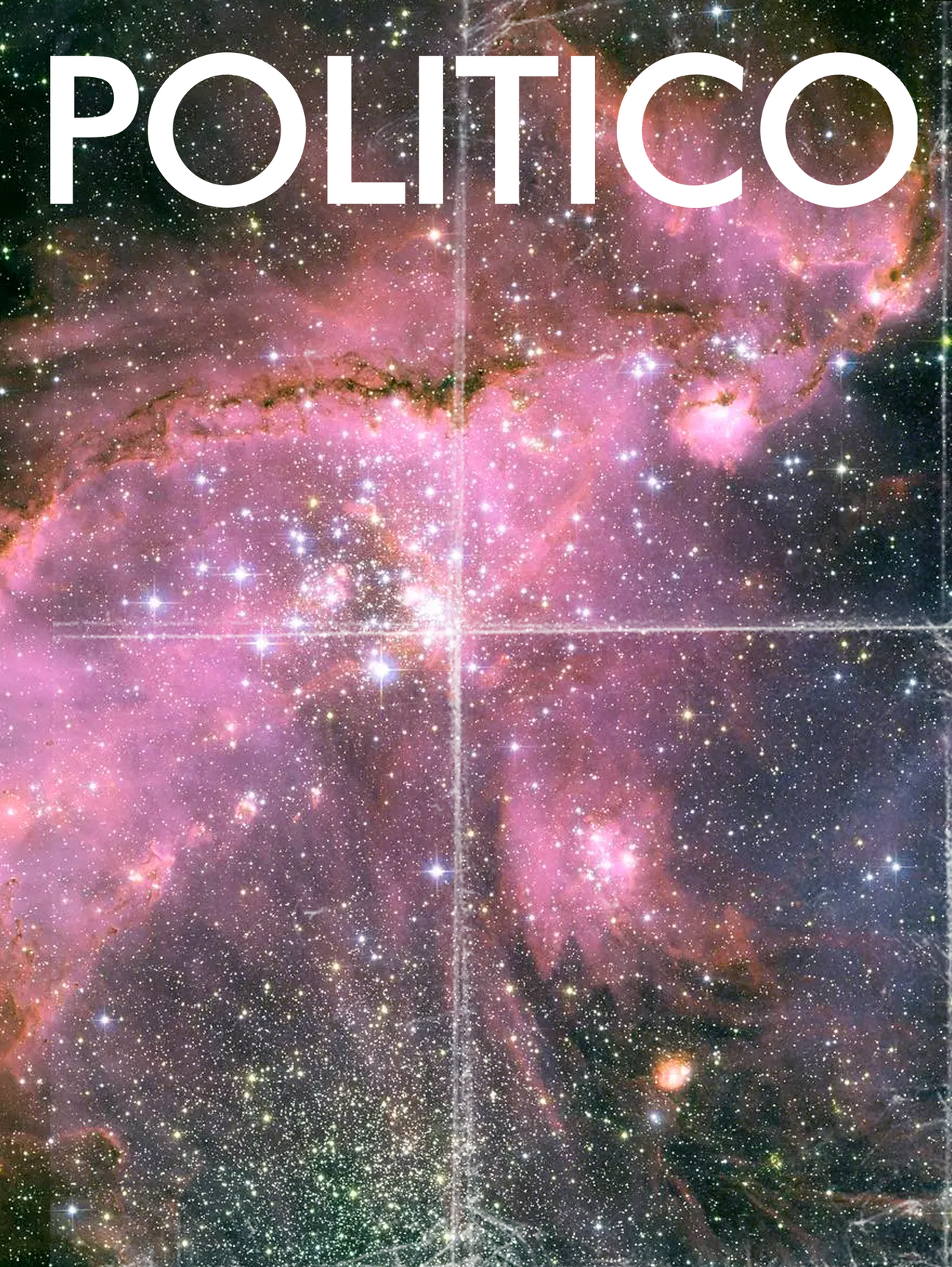
Luis Elizondo for Medium.
Like most other biological systems on this planet, humans are largely motivated by self-preservation and conflict avoidance.
As a species, we tend to avoid associating ourselves with anything that will isolate us from the larger group or make us sound strange, or that might draw negative attention from our peers.
In essence, stigma results in a paralysis of communication.
And when left unaddressed, it exerts a chilling influence over society and across generations. This is true whether we are trying to find the cause for diseases, reasons for environmental change, or primers for global conflict.
Throughout history, there are times when we, as a society, found it more convenient and socially acceptable to ignore uncomfortable topics. The results were often catastrophic both to our moral fiber and the health of our species. Stigma regarding certain psychological conditions once led to a life sentence in an asylum and forced lobotomies simply because stigma prevented families having a conversation about mental illness.
There has been similar social stigma in recent decades around the topic of Unidentified Aerial Phenomena (UAPs), or UFOs — a topic that has been relegated to conspiracy theorists, B-Movie villains, and the weird uncle no one wants to talk to anymore. As was the case with other topics that hold stigma, many people would rather look the other way than be associated with what’s been labeled “crazy,” or “fringe.”
When I was assigned Director of the Advanced Aerospace Threat Identification Program (AATIP), my colleagues and I experienced enough to know with absolute certainty that UAPs exist. Furthermore, they don’t seem to care if whether or not we believe in them and they are here with or without our permission.
How can we have an honest conversation about National Security and humanity if we can’t even address the topic of a potential threat or opportunity?
Consider this example from pop culture. In the famous Harry Potter series, the evil wizard Voldemort is so vile that other wizards are afraid to even utter his very name. The idea is if you don’t mention his name, it minimizes the threat and makes him less real. But ironically, the stigma of his name only makes him more powerful.
Refusing to acknowledge UAPs in our airspace is no different.
If we don’t overcome the social stigma about UAPs and address them, we may end up on the wrong side of history — only in this case, we’re not talking about fantasy and wizards, we are talking about reality and national security.
Here’s why we can’t afford to allow stigma to drive our fears and bury our heads in the sand:
Social stigma hinders government processes.
Social stigma is often the product of fear concerning topics that have no answers and are poorly understood. Project Blue Book provides a useful example.
From 1952–1969, the U.S. Air Force conducted a series of studies on UAPs. The goals of Project Blue Book were to determine whether UAPs were a national security threat and to scientifically analyze UFO-related data. For 17 years, Project Blue Book compiled reports of tens of thousands of UFO sightings, classifying 700 of these incidents as “unidentified.”
In 1966, the Air Force requested another committee, headed by Dr. Edward Condon, to look into these sightings. Two years later, they released the “Condon Report,” which concluded that the sightings they examined showed no signs of unusual activity. This prompted the Air Force to shut down Project Blue Book the following year.
Upon its dismantling, the project announced that despite nearly one thousand unidentified sightings, there was no evidence of extraordinary phenomena in our airspace.
These dismissive conclusions in the public versions of both Project Blue Book and the Condon Report simply weren’t supported by the facts. There were hundreds of credible eyewitness reports by trained observers, many with high-level security clearances, who witnessed these objects. Our country has put people in the electric chair based on the eyewitness testimony of just two corroborating witnesses who aren’t particularly trained in the art of observation.
As is the case with other controversial topics, this verifiable evidence was suppressed and diluted due to stigma surrounding the topic of UAPs.
But there are always two sides to an argument.
During the time of the inquiries, the U.S. Government was in the middle of a cold war and, in all fairness, could not afford to be distracted on a wild goose chase for which they had no answers. As long as Americans weren’t under attack from these unusual phenomena, attention was rightfully placed towards more tangible matters. I don’t necessarily agree with that mindset, but I understand it.
Self-imposed stigma often makes a problem worse.
Tabloids and social media have certainly not helped the issue of stigma. These outlets frequently provide their consumers with sensationalized stories that only reinforce the stigma of certain topics.
The rise of social media means that now, everyone has a voice.
But many of those voices are less motivated by truth and instead seek to spread their own agendas. A simple search on Google about the program I once helped run, AATIP, results in hundreds of hits, many of these from purportedly reputable sites with “Deep-State” sources. These sites are run by the same individuals who claim to have inside knowledge of UAPs but have never provided one shred of evidence or proof that they have access to Government insiders.
But not all social media sites or Youtube channels have it wrong. Those sites which emphasize data collection, facts, and objectivity are usually on the right track. Surprisingly, some sites appear to have a strong understanding of the bizarre nature of the phenomena and a few well-placed sources of information. One specific example I have found is “UFOJesus,” a humorous YouTube channel that seems to have some credible inside information and insight.
No matter the medium, frank and honest conversation is crucial to moving forward as a society.
Overcoming stigma is key to our survival as a species.
If there is one thing that nature has shown us time and time again, it’s that we either adapt, or we die out.
As a species, it’s crucial to understand the things we can’t explain, in order to survive. And that means being open to new ideas, possibilities, and data. It’s always been this way, dating back to when mankind lived in caves. If you heard something roaming outside, you had to investigate. If you didn’t, you and your family would be unaware of a potential predator.
At the same time, an animal wandering around outside your cave could also mean food, which would keep your family alive so they could then flourish. If you stayed in the cave and never ventured outside, you might survive the night but probably not in the long run.
When it comes to UFOs, ignoring the unknown is similarly harmful because it might mean failing to seize upon opportunities and new understandings.
As a society, we have to recognize that stigma serves only to keep our heads in the sand. Our future depends on transparency and truth.
Follow Luis Elizondo on Medium.







